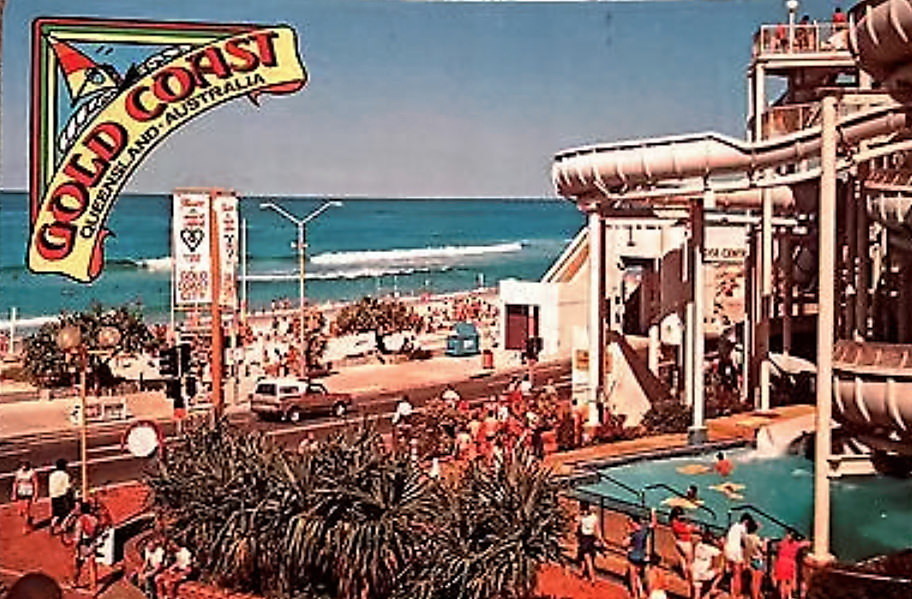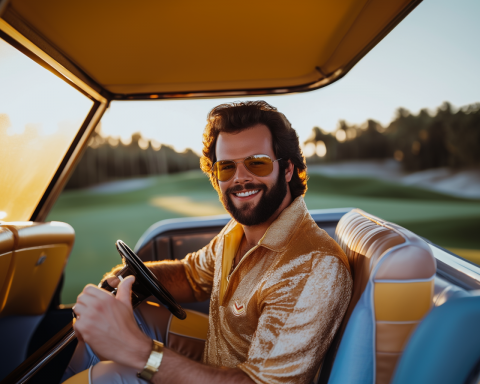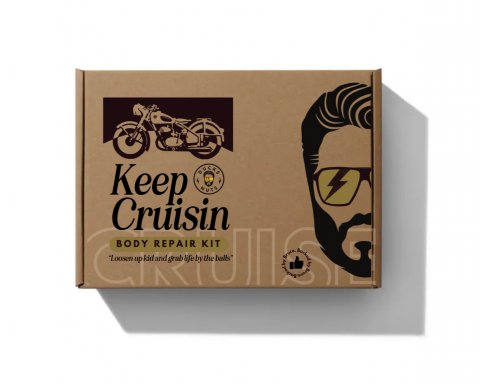The Challenge of Bringing Retro Australia to Life with AI
When it comes to capturing the iconic aesthetic of Australia circa 1978, there’s a certain magic that just can’t be replicated by AI—at least not yet. That sun-drenched golden era of the Gold Coast we all know and love, with its faded pastels, old-school charm, and unique “coconut oil n sunburn” vibe, remains a challenge for even the most advanced AI models.
In building Bruce Ryder’s world, we’ve hit a surprising roadblock: AI, for all its brilliance, doesn’t quite understand the uniqueness of Australian heritage, backdrop and palette. Instead, it tends to revert to an all-too-familiar look—one that feels more like vintage Americana than the Gold Coast of our memories. The palm trees and beachside vibes that get generated are often more Miami than Surfers Paradise. And while both have their appeal, they’re worlds apart in culture and history.

The Challenge: Breaking Free from AI’s Americana Default
When using tools like MidJourney or Runway Gen3 Alpha, I’ve found that they lean heavily into what’s most familiar to their training data: the neon-soaked nightlife of 70s and 80s America. The challenge? Our Gold Coast aesthetic of that era, with its classic Aussie surf shacks, Holden cars, and meter maids, just doesn’t have the same global footprint. So, when I try to recreate Bruce Ryder’s world, I have to rely heavily on style references that capture that distinct retro Australian look.
It’s a constant battle to push the AI in the right direction, guiding it away from 1970s L.A. or Florida and back to Queensland’s unique coastline. We have to remind it that there’s more to retro than neon signs and oversized Cadillacs—it’s about the textures and colours of Aussie life: the way the sun hits the red dirt, the faded signs outside old pubs, the rough edge of surf culture.
The Soul of Australian Heritage: Nearly Impossible to Prompt
This difficulty with AI proves something important: Australian heritage is like no other. It’s woven into our DNA, a feeling you get walking down the street or watching the waves crash on an empty beach at sunset. There’s something hard to describe about our connection to this place—it’s the larrikin spirit, the rugged landscape, and the unmistakable accents that define our past. And trying to translate that into a digital prompt? Nearly impossible.
That’s where human creativity steps in. AI can be a powerful tool, but it requires constant tweaking and cultural insight to nail the look and feel of Bruce Ryder’s Gold Coast. It’s a reminder that while tech can open new doors, nothing replaces the depth and nuance of lived experience.

Conclusion: Heritage Beyond Code
At the end of the day, creating Bruce Ryder’s Gold Coast is about more than just visuals—it’s about capturing the essence of a time and place that’s uniquely Australian. We push AI to see beyond the Americana default and guide it back to our shores. And as we continue to fine-tune these tools, the spirit of 1978 Australia remains alive and well—waiting to be rediscovered, one frame at a time.





